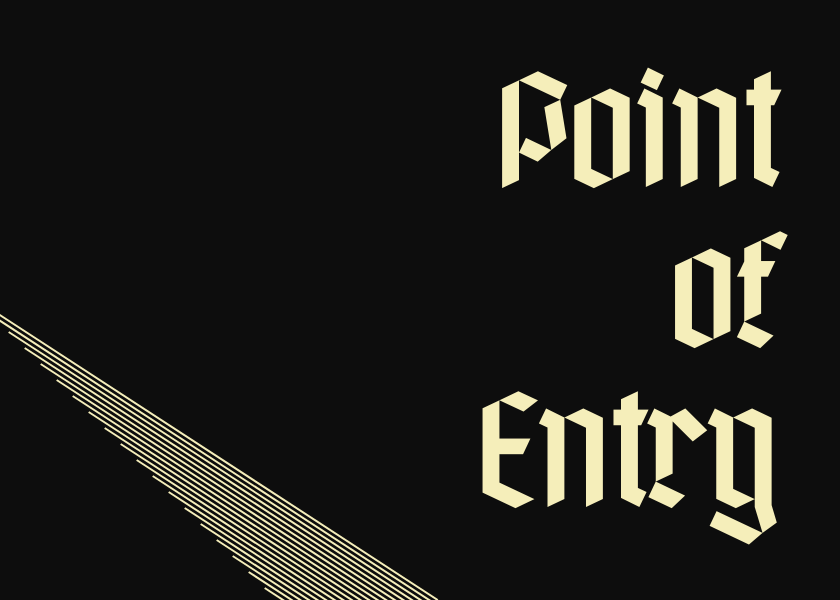
Point of Entry
A book of days · Yellow and blue · Stillstellung · Semiotic wandering · Further complication · Deleatur (₰)
Publishes on December 11th, 12:06pm. Subscribe now and receive the post in your inbox when it’s live
Available in 8 days, 5 hours, 24 minutes, and 49 seconds

